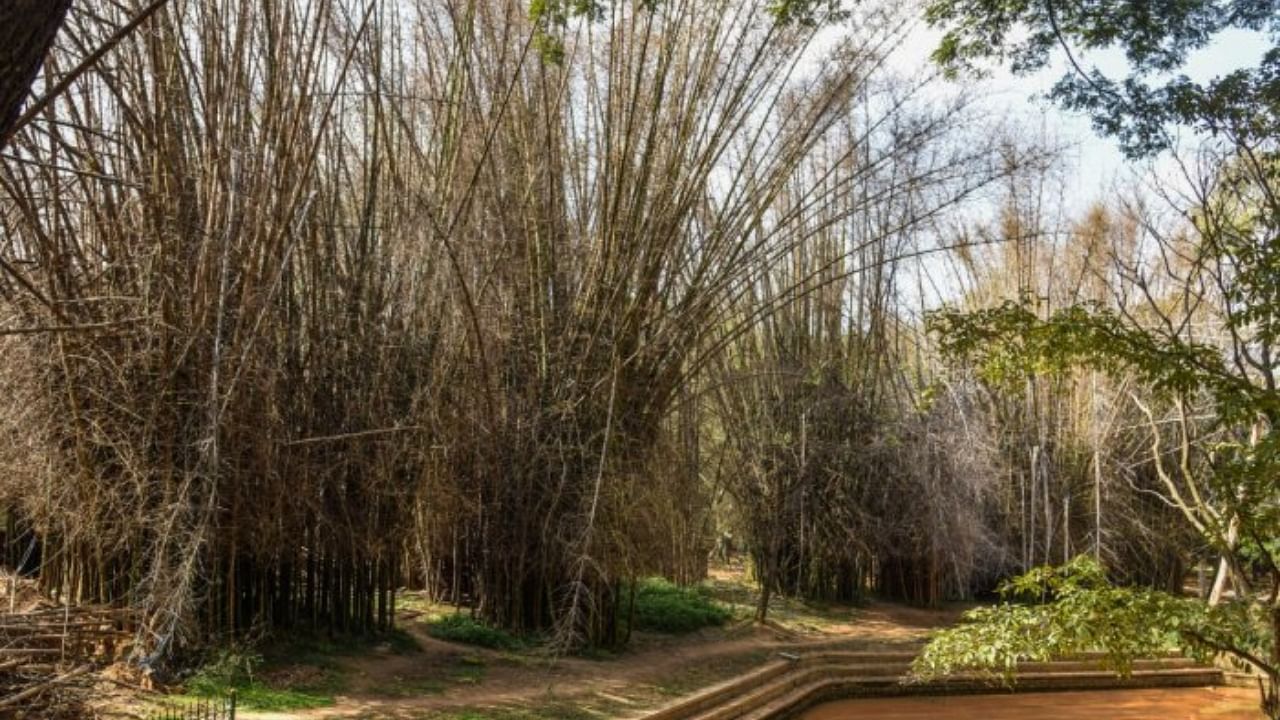
As Bengaluru turns oxygen deficient, experts are saying that creating more bamboo oxygen parks is crucial to restore the vital life-supporting component.
In 2018, the Energy and Wetlands Research Group of the Indian Institute of Science outlined an extremely worrisome scenario for the city, determining that it is oxygen deficient.
Speaking at an environment festival conducted by the United International School recently, Bamboo Society of India (BSI) chairman Punati Sridhar spoke on how bamboo oxygen parks can help.
Recent data shows Bengaluru has 14,78,000 trees for a population of over one crore — that is, one tree for every seven people. The ideal ratio is the exact opposite: seven trees per person. However, statistics show that just four bamboo plants per person are enough to fulfill a population’s oxygen needs.
“Bamboo is an extremely versatile plant that can thrive in a wide temperature range. Research shows that it sequesters more carbon and releases more oxygen than an average tree,” Sridhar said.
“The bamboo plant has a lifespan of about 100 years and is also easier to maintain than many other species. Bamboo farming can be a profitable venture as well," he added.
Noting that BSI has been asking the government to set up bamboo parks, Sridhar said the city’s oxygen level is just 15 per cnet, while a four- to five-year-old bamboo park yields 30 per cent oxygen output.
“Bamboo patches can be created in every area where people can meditate or do breathing exercises. This would be a great boost to public health,” Sridhar explained.
BSI is also working closely with the government to promote bamboo as the source for ethanol. Using biomass in the place of coal in the power sector can also bolster bamboo’s horticulture, he added.